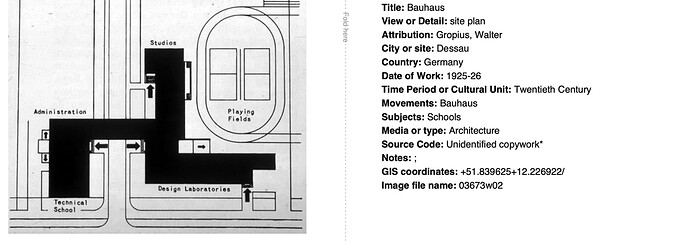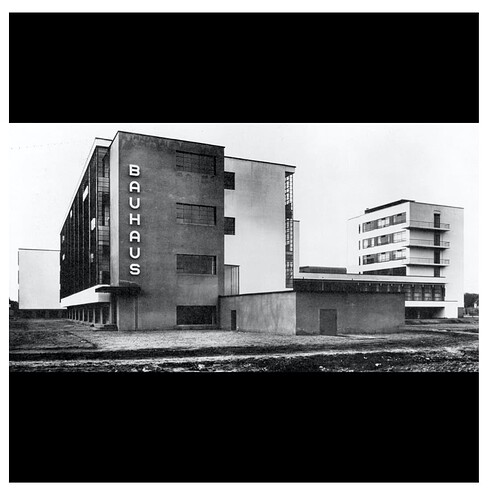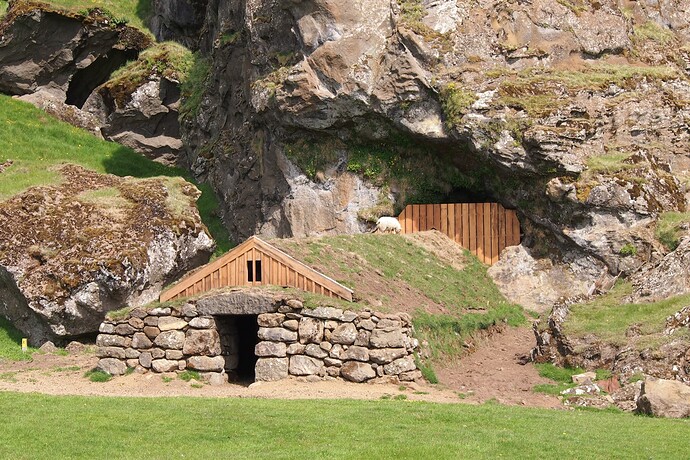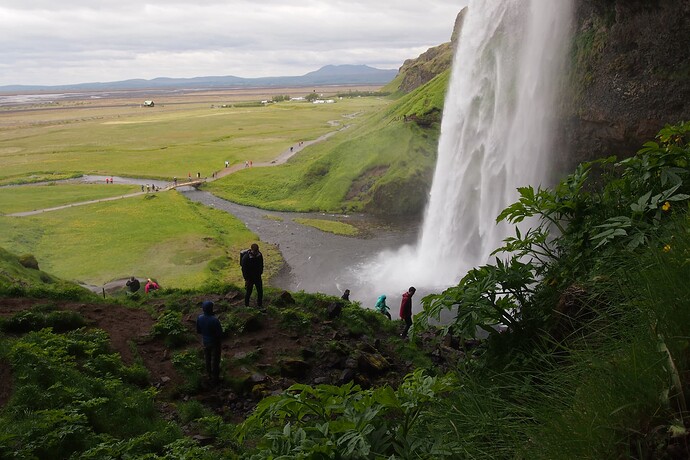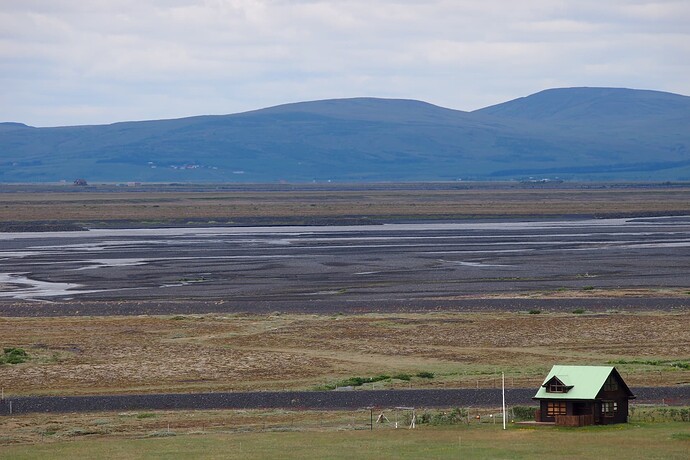There is still hope for people who will not put up with modernist ugliness. It is amazing but not surprising to see what beauty does to people. Enjoy!
Thank you for posting this, as this gives me some glimmer of hope.
It seems that the world has gone utterly and insanely mad with the acceptance of all the sheer ugliness – both in visuals and in sound (not to mention ugly morality as well).
It has been heart-wrenching for us, living in a once lovely small city, to see the ugliness spread before our eyes, in such a short time, and with such a fury.
That there is even one place on this planet that is doing something about it is amazing. I did wince a little when I heard the buzz words “private public partnership” and “15 minute cities” as these things now have a bad name, knowing that the evil ugly bunch are also controlling narratives behind them. (I actually like the idea of a 15-minute city – but not one that is forced – I like that people would develop them out of free will and love for a place, and then people would gravitate to the beautiful ones by choice and free will, as one sees in this clip.)
When I first got out of undergraduate school and got a legitimate job (not riding colts or cleaning barns), I taught in Mariemont Middle School - 8th grade science. Mariemont is an eastern suburb of Cincinnati, next to Indian Hills, and was the first planned urban development (PUD) in the country. It had beautiful architecture, a K-12 (originally) school in the middle (for some reason all the original schools become middle school and they rebuild elementary and high school nearby), which was easily accessible by walking or bicycle, and very a logical layout of offices, stores, and different residential densities. It was the original 12-minute city and was populated by Proctor and Gamble executives.
Mariemont, like Frederick, Maryland, was planned in outlying areas- not overtaking existing historical neighborhoods like we are seeing in the UK. They don’t HAVE to be a bad idea.
Hear hear, and good for them… now if we could just get the SAME to happen in art, literature, and above all, music, to relieve us all from the constant 24/7 bombardment of rock music…
Ok… I’m done. Rant over. lol
So baroque  …but well like in,so out.
…but well like in,so out.
You were lucky to live in such a community when you did. Have you been back there, to see if any modernist uglification changes have been made since the time you lived there?
The trend towards ugly is baffling – I agree with the presenter in the film clip when he talked about how an appreciation for beauty seems to be an innate human value, and that we consider beautiful those things that are natural or mimic nature in their shapes, sounds and textures. I would go so far as to say that our sense of inner ethics is bound to holding sacred and preserving nature and beauty and the sanctity of life of all living beings.
From where does the uglification trend arise? Who has been setting this unnatural trend loose upon our world? Why? This widespread trend to uglification and tearing down nature and dessicrating the lives of animals (including humans) makes one wonder about the unseen inhuman force that controls our world. And why people can’t make a stand, and refuse to consume or support the ugly that assaults all of our senses and deep inner ethics. Are “Nazis” and their predecesors and successors in some way involved? Anyone reading Dr. Farrell’s books might be inclined to wonder about this…
I agree that the 15-minute cities don’t have to be a bad idea. If only there were some way to leave the corporate uglifiers and globalists (and whoever lurk behind them issuing the commands) out of the equation…
Well first there was the modern movement, then modernism, then modernity, now we are technically in the architectural age of post-modernity.
Mies van der roe and Le Courbuseir were some of the more influential architects pushing minimalism/utilitarianism for new buildings in the late 20th century.
Kenneth Frampton was also important in some of the changes made to how architectural schooling has been taught in recent decades.
Before that everything was based on the Ecole des Beaux-Arts, which is a lot different than the Bauhaus schooling.
This looks like a good rebuild for district of Paris there, reminds me of Ghent.
Interesting… (re: shape of Bauhaus)
Bahri, what’s the most beautiful place (in your own eyes) that you’ve seen?
There seems to be a grassroots movement to revive the classics, so there might be hope!
This guy started a movement called “Architectural Uprising” that is all over social media.
Interview with him: https://www.youtube.com/watch?app=desktop&v=IHbLc-gRcIk
Also, some retro rebells are doing the same for painters:
I wanted to post this to give us Gizars some good news for 2024 and to substantiate your claim that people will rise up eventually.
You are quite on spot with your musings, Bahri. As usual, Germany is right in the middle when it comes to totalitarianism. You might be interested in this interview/book " Making Dystopia: James Stevens Curl Exposes Totalitarian Modernism and the Falsification of History" that features Gropius, van der Rohe etc.:
Interview: https://www.youtube.com/watch?v=UyHGrELoiRQ
I agree. The problem is not the concept of a “15-minute city” per se. The perversion of it is the problem.
I live in an old district of Hamburg, Germany. We have some ugliness (mostly because of the bombs in WW2), but as a whole, traditional architecture has been preserved. I can still run my daily errands by foot or bike. I have a car, but I rarely use it. In some sense, I feel that I live in a village. I hardly go to other parts of town, also because of the atmosphere and ugliness. I can even reach most of my friends living in the city by bike or foot. I go for walks around Alster Lake several times a week. I feel incredibly blessed to live in a charming little apartment in an old townhouse from the 1880s. By having this little bubble, I have been able to shut out the Plandemic, our government, and now the overtaking wokeness.
Interesting. As a Cincinnati native and a frequent visitor to Mariemont, I was unaware of the PUD history there.
Your favorite place doesn’t seem to have any buildings…
Katia, your place sounds like a real gem, in terms of immediate living space. Surrounded by lovely architecture, and near a lake for nature, and not reliant on a car. You are very lucky that you picked such a place. I note how you mention “bubble”, because that is what it feels like we’re all having to do these days – to find or create “bubbles” of serenity wherever and however we can do that.
It does seem that whatever social problems manifest (likely due to social engineering), some globalist manages to come up with a perverted woke solution, and who knows if the ugly architecture (which looks like a computer circuitboard and lego all hobbled together) is part of the global wokery project too. To me, this ugly architecture is symbolic of the anti-life agenda unfurling before our eyes and senses.
We love old paintings of the ancient traditional Chinese and Japanese architecture, which blends in so naturally with the countryside, nothing mars the eyes at all. And in some way, the old European Renaisssance architecture seems to be like that too. (I once had a summer job as a student, many years ago, in Hann. Muenden, Germany – and was awed by the beauty of the architecture of the town, how nothing clashed with anything else or with the landscape, and how one could walk everywhere with ease). Thus, I can quite easily imagine your neighbourhood.
We live in Victoria, BC, Canada, a city that was once considered to be quite “quaint”, and has now become harshly ugly, everywhere the eye is cast. Everything clashes with everything else. The development has been relentless, aggressive and stark. Ugly gravel mines are located throughout the city, wrecking different neighbourhoods. And no matter how much communities object to these neighbourhood scars, they always get rammed through. While we live in a little wooded area next to a park, even here, there is the constant droning of loud machines, as the forests are taken down to put up huge buildings for the billionaires who seem to get all kinds of approval to tear up what remains of any fragment of forested area. Wildlife get displaced, and then conservation officers called in to get rid of the displaced wildlife who are merely looking for new homes – as they, like us, need homes.
Thank you for starting this thread, with uplifting examples of how it is possible to make beautiful compact living centres with respect for nature, and for helping me see beyond the ugly fury going on in my own city, and at least hope that humanity doesn’t have to go down this awful path. Perhaps projects like that, throughout the world, can ignite a longing in people to start seeking beauty again, and making beauty part of one’s life, in keeping with a respect for nature.
https://mariemontpreservation.org/the-founding-of-mariemont/
it was the concept of Mary Emory… btw, i am from middletown and performed with summer thespians at princeton high school - 1960’s
Sunnyboy, yes, it is not perfect but I am very fortunate!
Well Germania is different from Western/Southern Europe in that the Roman Empire did not progress far into that region after their legions suffered heavy losses there.


